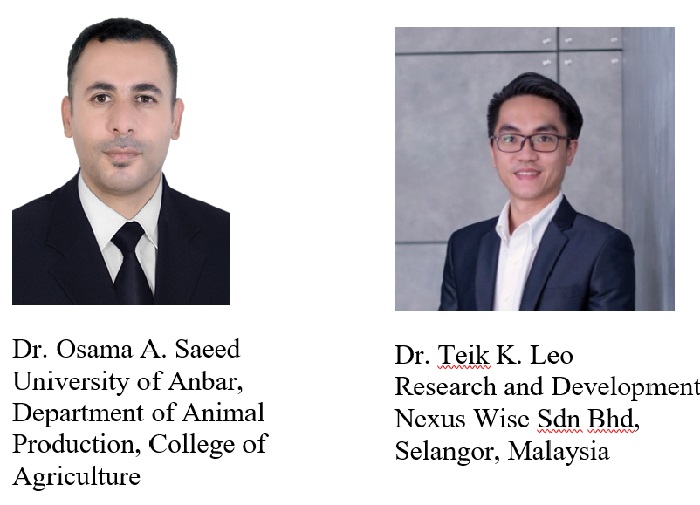
Agricultural wastes for farm animals’ feed
Feed scarcity is one of the major constraints faced in the livestock production industry. Majority of farmers maximize their revenues by planting strategic crops rather than fodder crops or pasture grasses for farm animals. This practice creates direct competition between farm animals and human for same food sources such as grains. In addition, climate change has affected the production of crops in some parts of the world, resulting such practice unsustainable. This paper will discuss on the utilization of agricultural wastes as feedstock for farm animals as an approach to circumvent these challenges.
What is an Agricultural Waste?
According to UN Food and Agriculture Organization (FAO), agricultural waste refers to any crop residue or byproduct that is unused or not used for human consumption and that can be used as animal feed. The waste comes from non-edible parts of crops, including stalks, husks, cobs, leaves, and stems from corn, soybean, rice, wheat and other cereals. It may also include water plants such as reeds; edible portions of plants and vegetation that are not normally consumed by humans or animals; and parts of crops that would otherwise be lost, such as seed.
Production and Consumption of Agricultural Waste
In 2011, FAO reported a total of 7.4 billion tons of cereals were produced globally for human consumption. However, the total amount of agricultural waste incurred was unknown as such data was not collected/ recorded officially as reported by International Food Policy Research Institute in 2013. Nevertheless, it is estimated that 15-30% of global grain production is lost before it can be used as food. Crop residues produced from farms worldwide is estimated to worth $450 billion per year. Agricultural waste products can be used as livestock feed in the livestock industry and this could help farmers save on feed costs.
The United Nations Biodiversity Conference of 2011 recognized the urgent need to find alternative livestock feeds. In 2020, more than three billion people who could not afford meat or fish were left without protein in their diet, according to statistics published by FAO. This was because there was no suitable source of animal protein to replace the meat that was being lost each year, and that gap was growing. Fortunately, various alternatives have been found as a replacement for farm animals like, corn gluten, soybean meal and date pit are an example. These type of alternative feed that will minimize expanses of animal production. Consequently, abundant of such this feed will lead to enhance producers invest more in animal production sector for being augmented of animal protein on consumer’s table.
In Iraq, feed scarcity is a big challenge for animal producers. The data of the Ministry of Agriculture and the Central Statistics Organizations (2019) indicated that the cultivated areas in Iraq were amounted to 12 million dunums, with wheat as the largest agricultural crop produced in the country at about 4 million tons. Every year, Iraq produces a large amount of agricultural waste. Farmers focused on the most profitable crops and planted the appropriate crop in fields using simple techniques, therefore the kind and quantity of agricultural waste in Iraq differs by area. Several researches had been conducted with the attempts to include some abundantly available agricultural waste in the diet for ruminants, such as licorice pulp, corn cobs and date pit. Further studies have to be conducted to examine the economic feasibility and sustainability of such approach.
Utilization of agricultural wastes as feedstock for farm animals could be one of the approaches to resolve the feed constraints faced in the livestock production industry. Certainly, adoption of this strategic approach will increase the availability of feed resources in Iraq. The effective used of these resources will improve the production of milk and meat, meeting the demands of animal protein for population growth.
